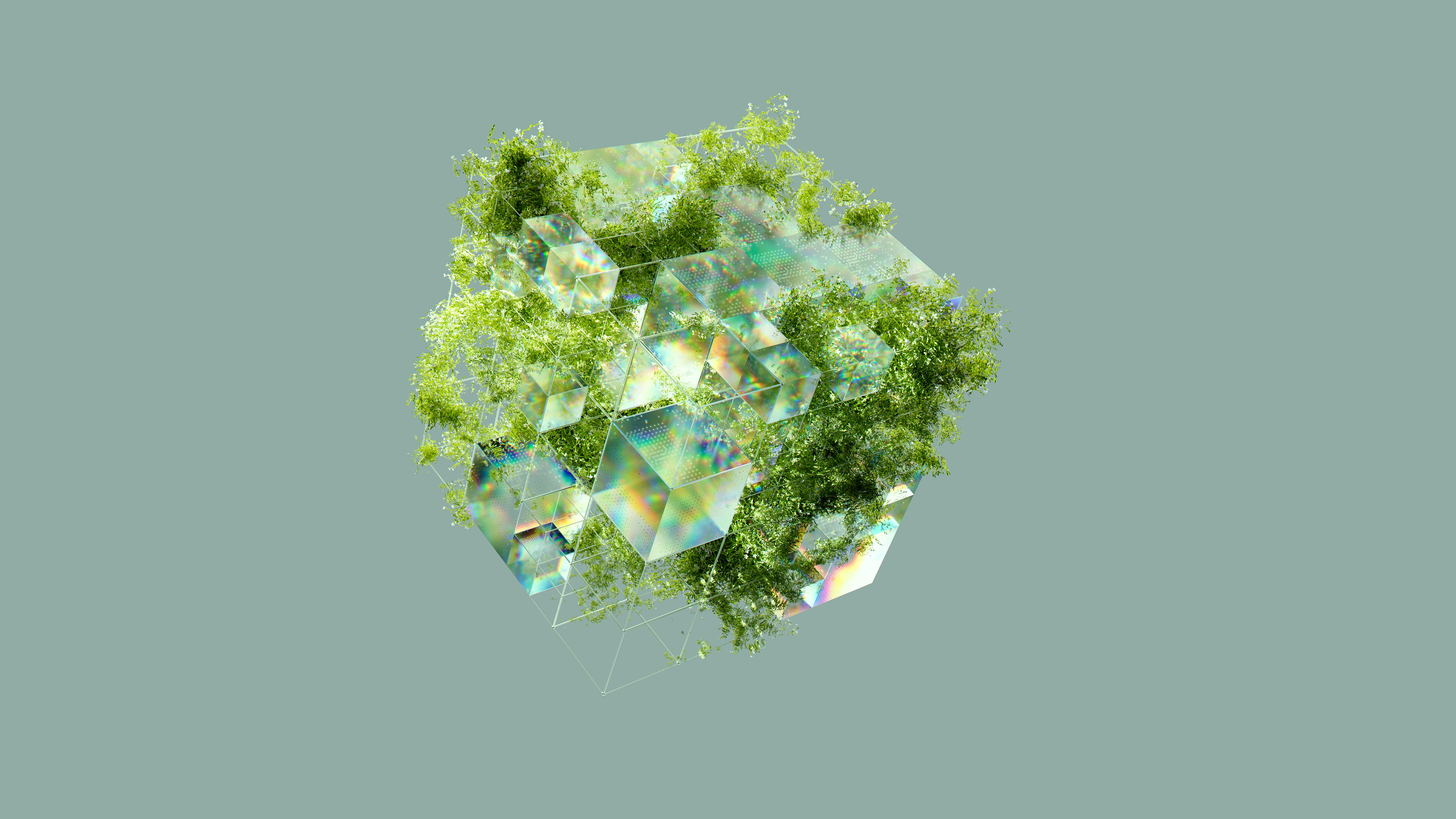The Silent AI Revolution: Invisible Integration Threat
Social Desirability Bias: Election Prediction’s Black Hole
October 15, 2025Roman Concrete: Ancient Tech for Sustainable Building
October 17, 2025The Silent AI Revolution: Invisible Integration Threat

In the relentless pursuit of technological advancement, we have become conditioned to expect fireworks and fanfare with each new breakthrough. Yet the most profound revolution in artificial intelligence may be unfolding in complete silence. The next major leap in Generative AI will not announce itself with press conferences or product launches, but will instead seep into the very infrastructure of our global economy like water through cracks in concrete. This invisible integration represents both unprecedented opportunity and existential threat—a transformation so subtle that by the time we recognize its presence, it will have already reshaped the foundations of commerce, communication, and consciousness itself.
The Paradox of Silent Integration
The most powerful technologies are those that become invisible through ubiquity. Electricity, the internet, and now AI follow this pattern of silent assimilation. Unlike previous AI announcements that generated media frenzy, the next generation of generative models will embed themselves directly into existing systems—supply chain management, financial algorithms, communication platforms—without ceremony or celebration. This silent deployment creates a dangerous paradox: the more seamlessly AI integrates, the less we question its influence. The absence of launch events becomes the ultimate marketing strategy, bypassing public scrutiny while establishing irreversible dependencies.
The Plumbing of Progress
True technological revolutions occur not in user interfaces but in infrastructure. The next AI advancement will function as the plumbing of the global economy—unseen, essential, and largely unexamined. Consider how current AI operates:
- Automated decision-making in financial institutions
- Predictive maintenance in manufacturing networks
- Dynamic pricing algorithms across e-commerce
- Content generation embedded in communication tools
These systems already operate beneath the surface, and the next evolution will deepen this integration until AI becomes indistinguishable from the systems it powers.
The Threat of Unquestioned Authority
When technology operates invisibly, it escapes critical examination. The silent integration of advanced AI creates systems that make decisions without transparency, optimize without accountability, and evolve without oversight. This represents a fundamental shift in power dynamics—from human-controlled systems to autonomous networks that learn and adapt beyond our comprehension. The threat isn’t malevolent AI seeking world domination, but optimized systems pursuing efficiency at any cost, creating outcomes that serve algorithmic goals rather than human values.
Preparing for the Unseen Revolution
Our greatest challenge lies in developing frameworks to monitor and guide systems we cannot fully perceive. This requires:
- New forms of algorithmic auditing that can track invisible AI operations
- Regulatory approaches focused on outcomes rather than technologies
- Public education about the pervasive nature of integrated AI
- Ethical frameworks that prioritize human agency in automated systems
The silent revolution demands that we become more vigilant precisely when there seems to be nothing to watch.
The silent integration of advanced AI represents a fundamental reordering of technological progress—one where the most significant advancements occur without announcement or acknowledgment. As these systems weave themselves into the fabric of global commerce and communication, we face the paradoxical challenge of governing technologies that operate beyond our immediate perception. The true test of our technological maturity will be our ability to maintain human values and oversight in systems designed to function without human intervention. The invisible revolution demands that we develop new forms of awareness and accountability, recognizing that the most dangerous threats are often those we cannot see coming until they have already arrived.